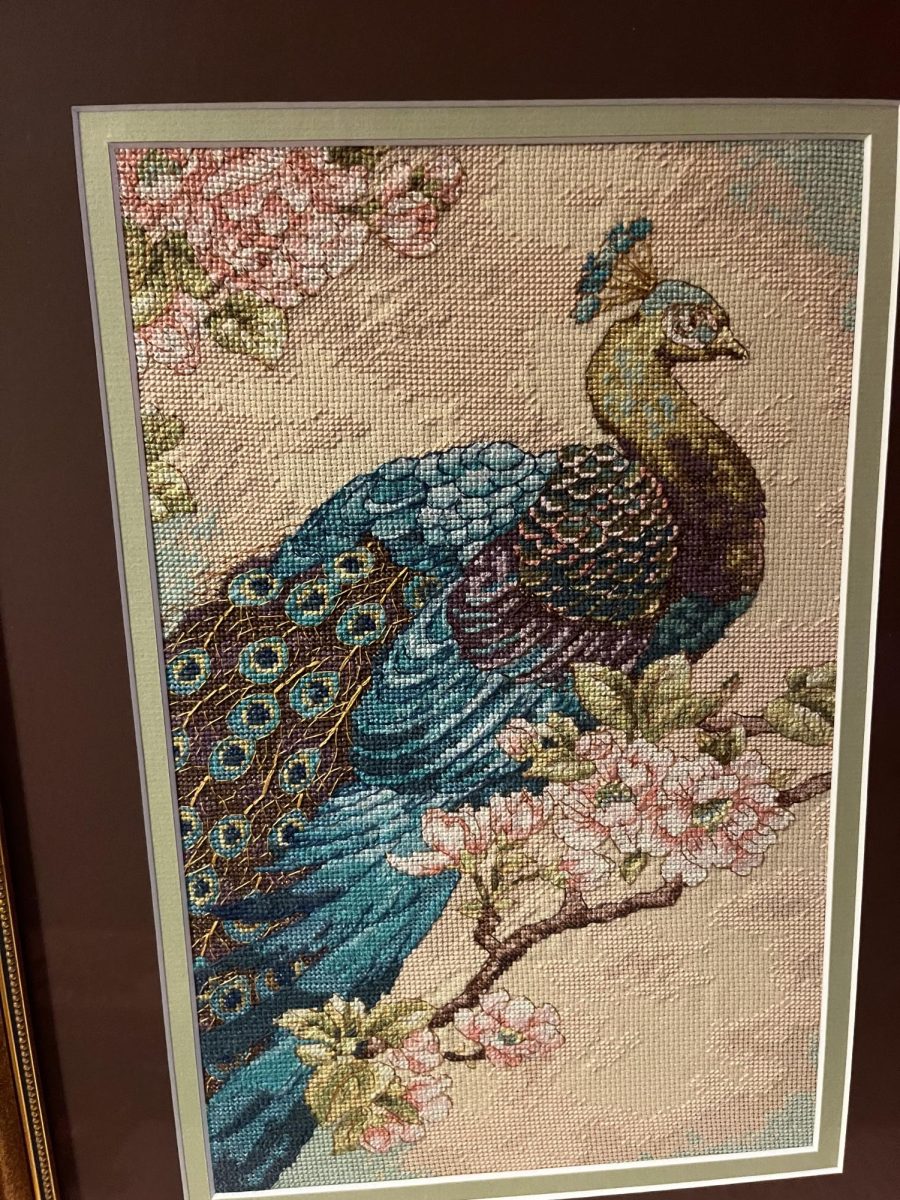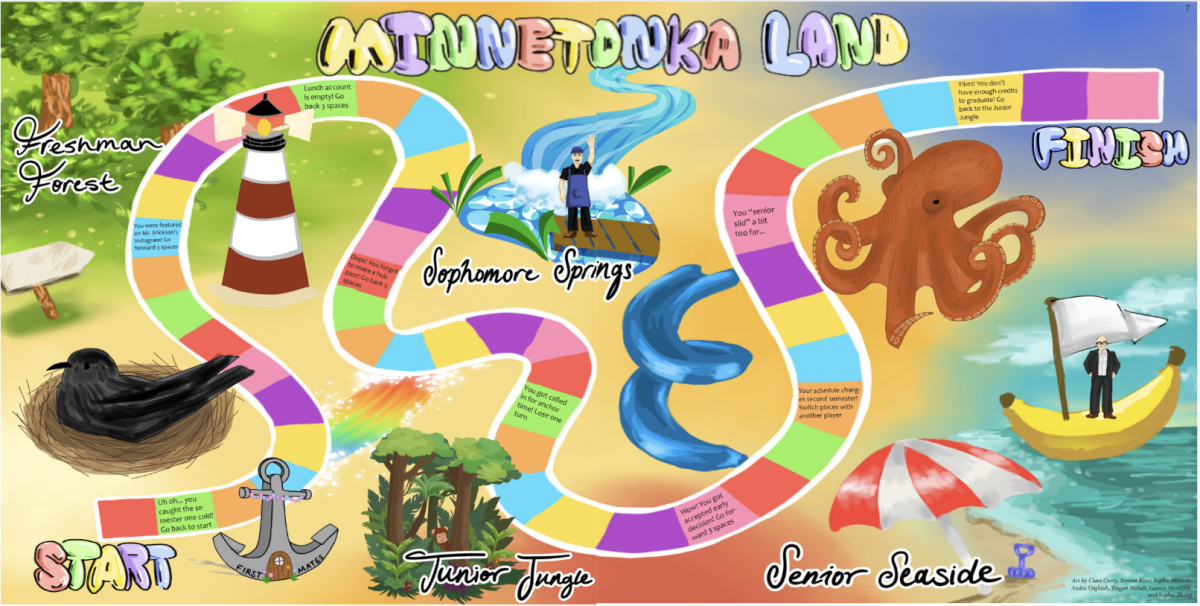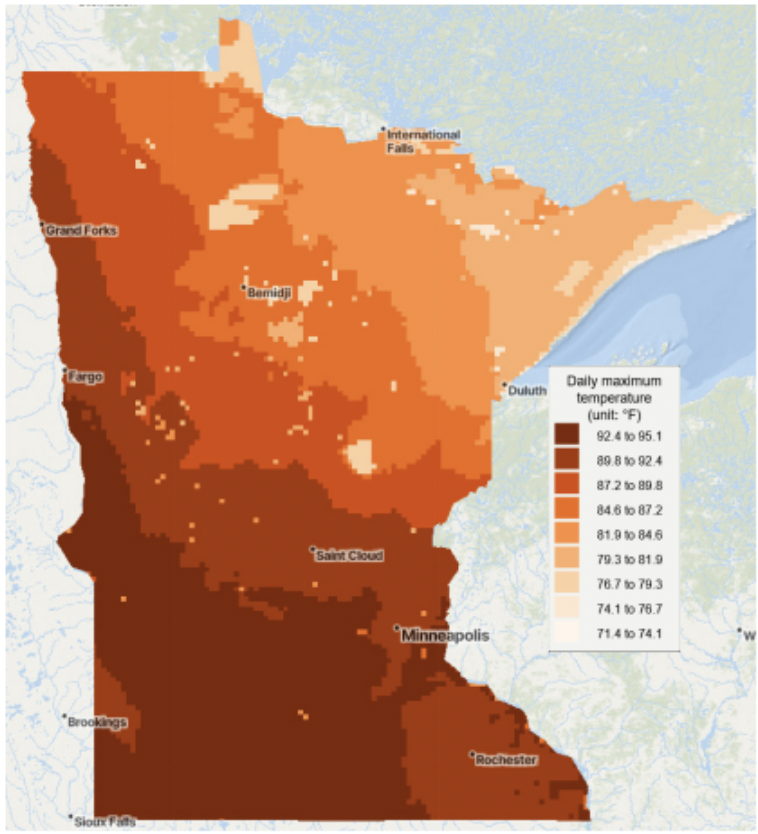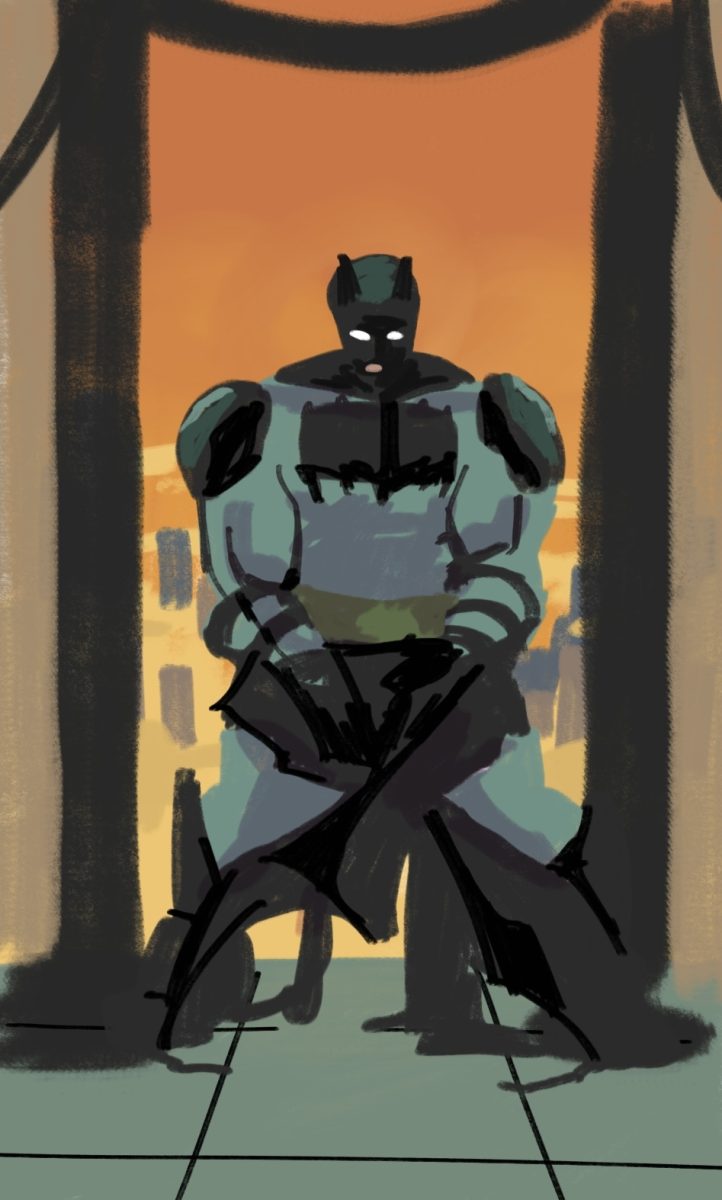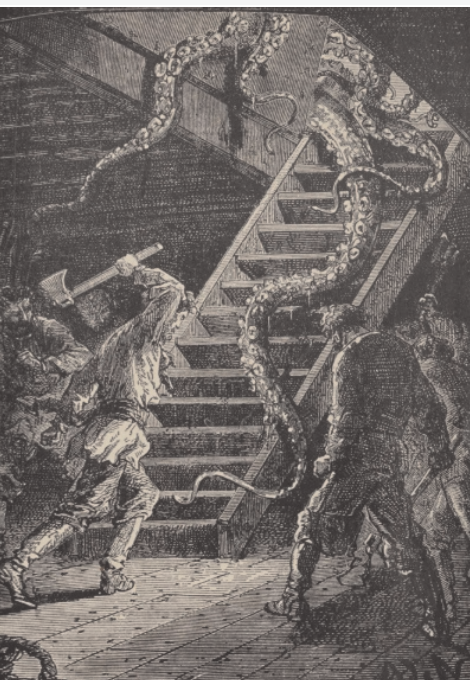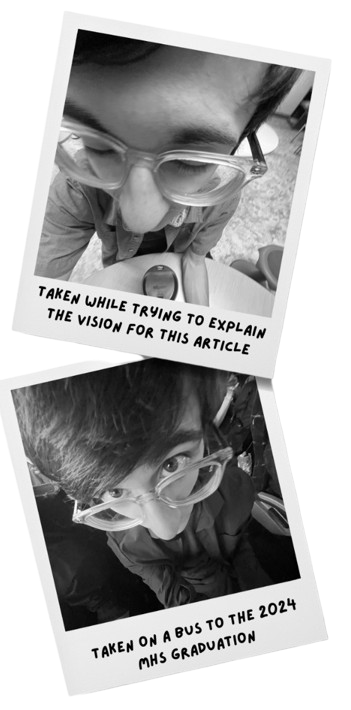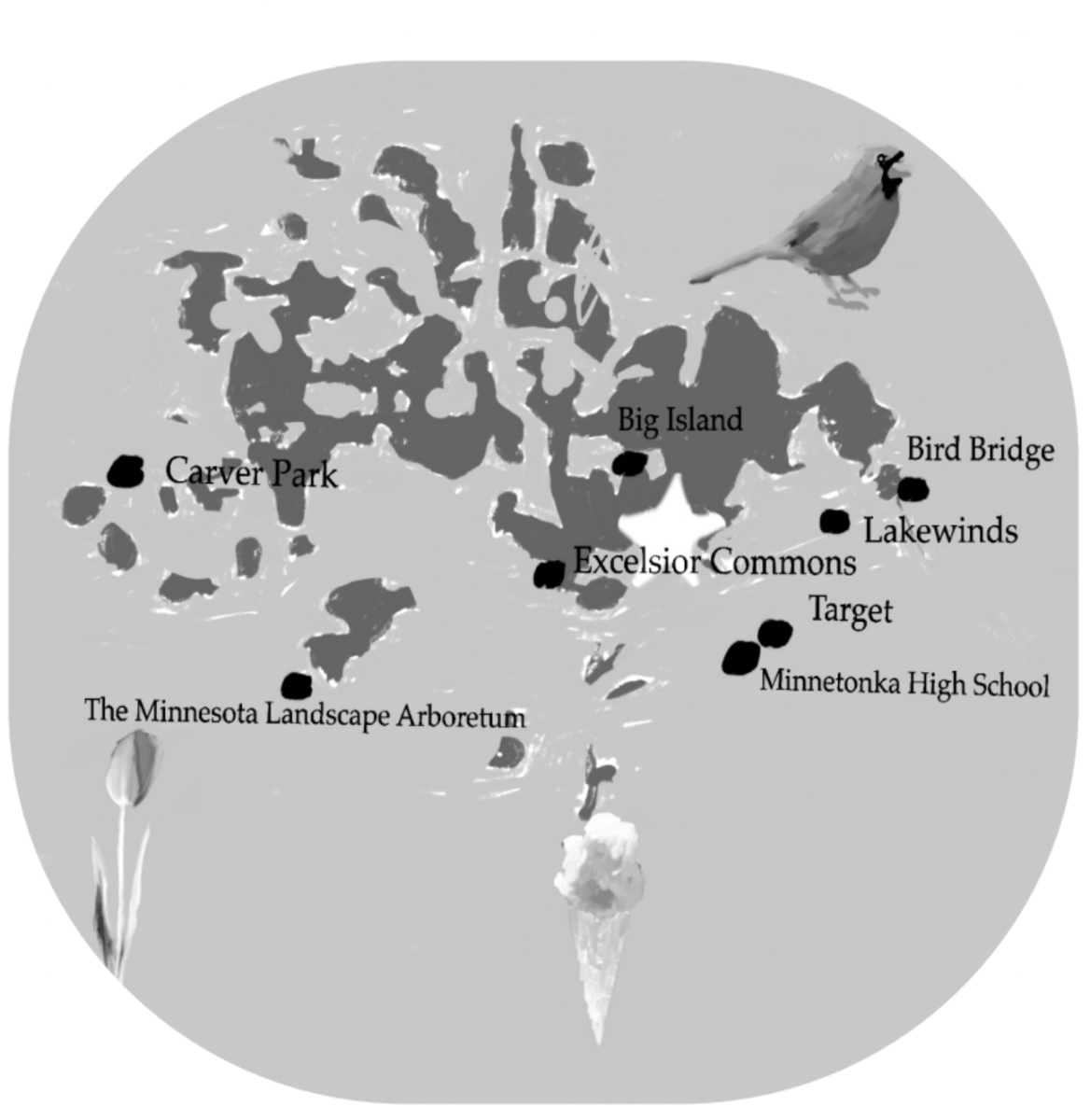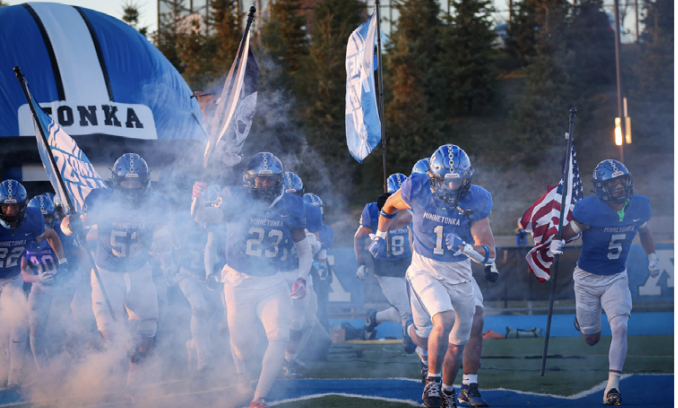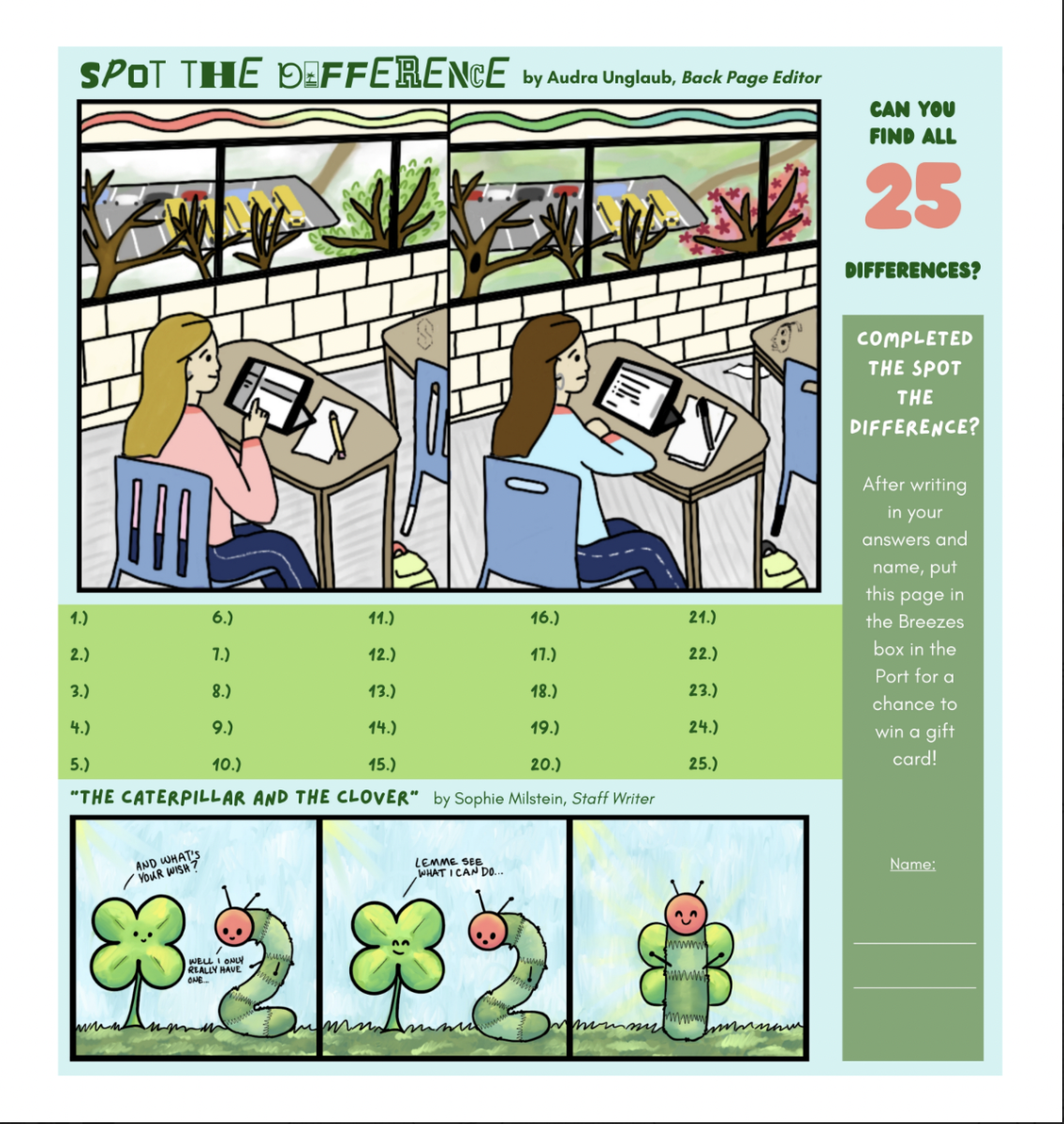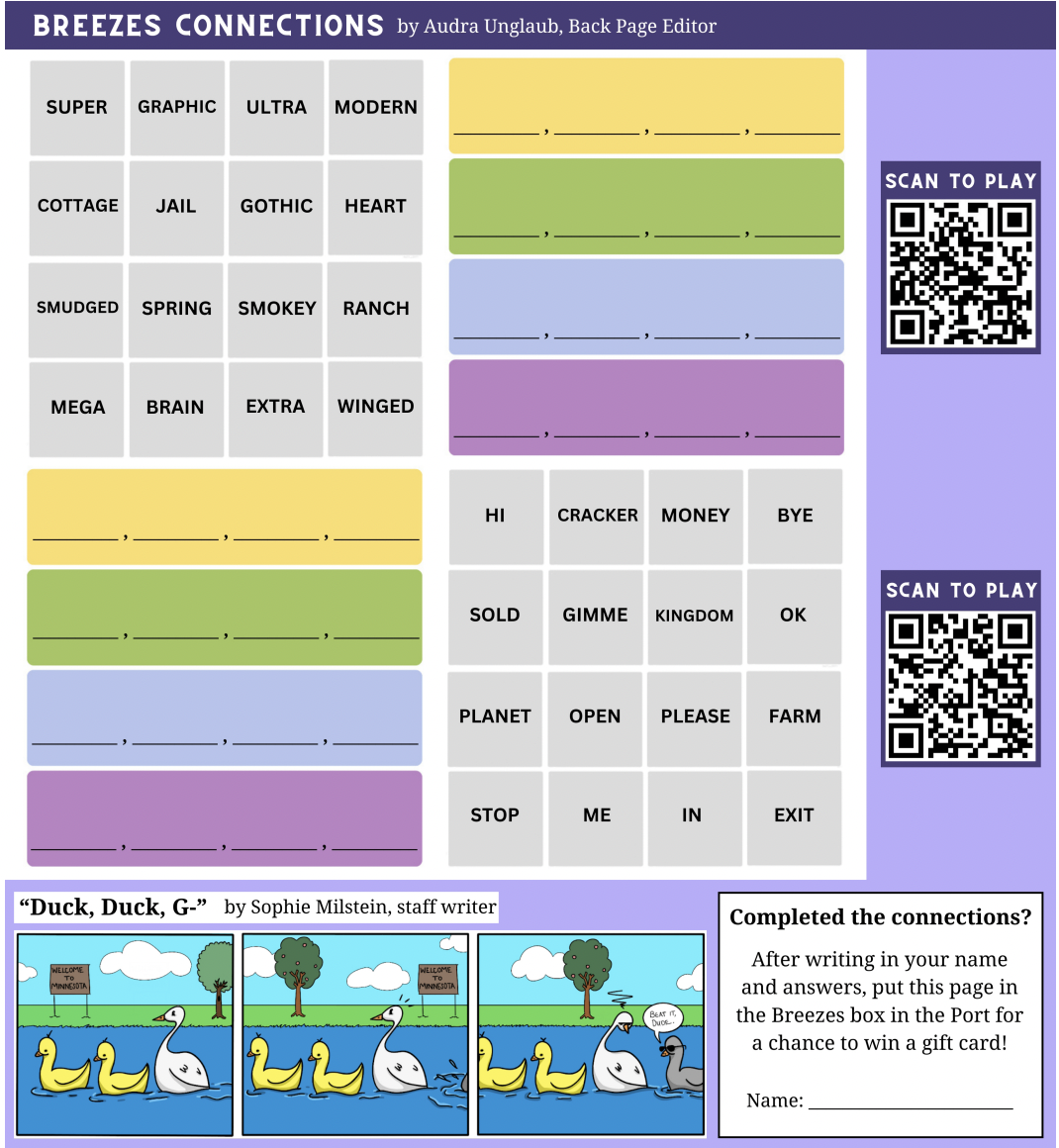The Arduous Publishing Process That Authors Go Through To Make Their Book A Reality
May 21, 2021
Writing a novel can be a long, treacherous journey, but it can also be a beautifully rewarding experience. The creative process of writing a novel can be extremely hard. For instance, take Madeline Miller, who spent ten years writing her highly acclaimed novel The Song Of Achilles, as a Latin teacher. Many other authors share a similar experience. It can take an incredible amount of time to write the novel alone, but it might take an almost harrowing amount of time to actually publish it.
Publishing a novel differs from publishing non-fiction. When publishing non-fiction, an author considers why they should be writing the book instead of the book itself being the driving factor. In other terms, a non-fiction author is trying to prove why they should be trusted to write about whatever given topic it may be. Of course, that is a simplification of the non-fiction publishing process; however, this is the distinctive difference between fiction and non-fiction publishing.
For debut authors, unless already well-known, the novel must be completed and polished. A literary agent is also an extremely important part of the process of publishing a novel. This agent is responsible for representing the author and their work to the publisher. Literary agents aren’t simply responsible for business, however; they can also help creatively, as many will work with the author to polish the novel even further. In summary, a literary agent acts as a filter between the publisher and the author, but securing a literary agent can be an arduous process as many are given thousands of submissions a year and only take on a fraction of those authors as clients.
To secure a literary agent, a query letter, which is essentially an elevator pitch for that author, is sent out. Following the query comes the partial request. This is a sample of the novel, usually the first five chapters. This allows for an agent to get a feeling for the author’s writing. Then, if requested by the agent, the entire manuscript is sent. Finally, if the literary agent is interested, they will offer representation. This process can take months.
If the author acquires an agent, they will begin the process of acquiring a book deal. There are five main publishers, dubbed “The Big Five.” Said publishers are Penguin/Random House, Hachette Book Group, Harper Collins, Simon and Schuster, and Macmillan. These are the most sought after publishers, as they are the ones with the most resources and the best marketing.
There is also a hierarchy within a publishing house. At the top is the publishing house, then the publisher and, finally, the imprint. Imprints specialize in specific topics or genres. Some may be imprints for romance, horror, or even as broad as commercial fiction.
Traditional publishing is extremely competitive, so many authors opt to self-publish. There are many different ways to go about this, with the most popular being through Amazon or other websites.
In fiction, the marketability of a story is extremely important. For example, several years back, around 2010-15, dystopian fiction was extremely popular. This was due to the success of The Hunger Games Trilogy by Suzanne Collins. The success of the trilogy resulted in a slew of dystopian novels marketed towards young adults. Some notable results of this trend were Divergent by Veronica Roth and The Maze Runner by James Dashner.
Another trend, which is much more broad than dystopia, is nostalgia. Usually in pop culture, there is a twenty or thirty year cycle. This means that every twenty years or so something will come back into the mainstream. This is most commonly referenced in the fashion industry, but this idea is not only relegated to fashion.
For example, many current young adult (YA) books evoke nostalgia for Gen Z, their target audience. This can be seen in references to the early 2000s. Similarly, back in 2010-15 authors frequently referenced the 90s in their work. This was because the YA audience was composed of millennials whose childhoods were spent in that time period.
Many books will also want to capitalize on trends. This can be a good and a bad thing. On one hand, it can seem repetitive for the reader, but on the other hand, it can be a way for writers to play around with a popular concept and make it their own.
Once a book is signed, a launch date is scheduled. This is when the book is released to the public. Once a launch date is chosen, further edits will be made. This is to ensure that the book is the best it can be. Once the book is complete in its revisions, and around six months from launch, the book is formatted and the cover designed.
Then, after copy editing, pre-publication goes into full swing. This includes finalizing the book’s design, sending out advanced reader copies for reviews, and finalizing the marketing for the end product. For example, a book that deals with vampires or other occult creatures might be compared to Twilight by Stephanie Meyer or even TV shows like The Vampire Diaries. The purpose of this is to draw in as many people as possible by comparing the novel to highly successful and popular properties.
Finally, after a long, grueling process, the author receives their copy of the book a few weeks prior to release. This can be an extremely emotional event, as seeing the physical embodiment of one’s grit, determination and talent can be rewarding beyond words.

